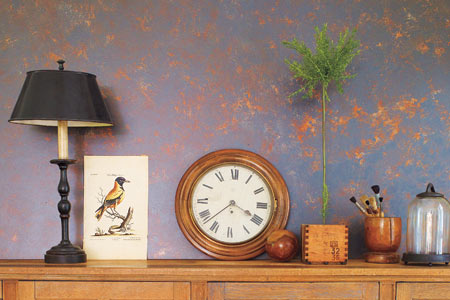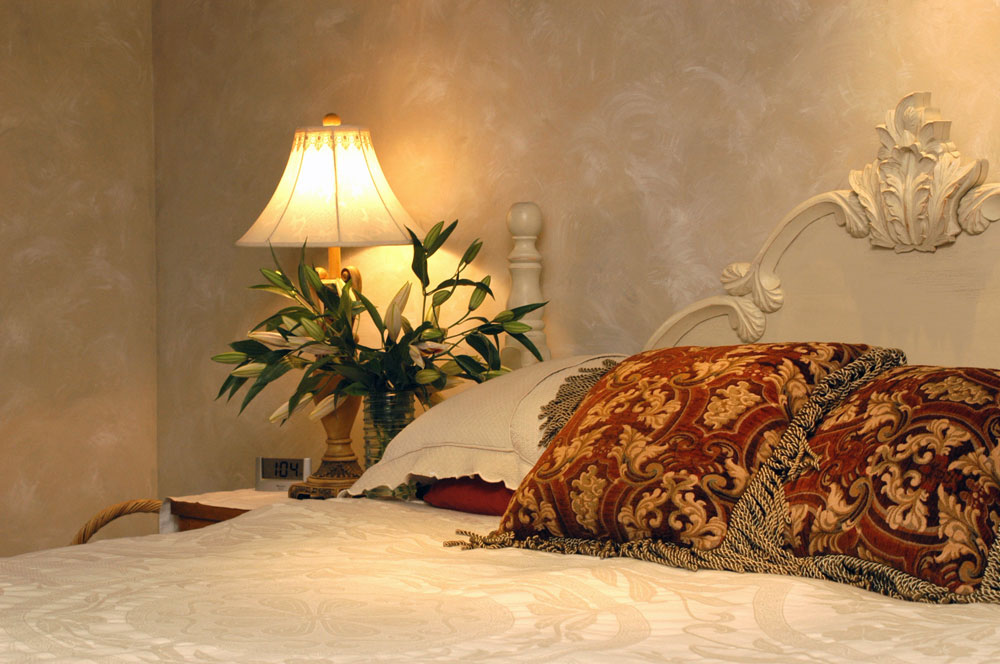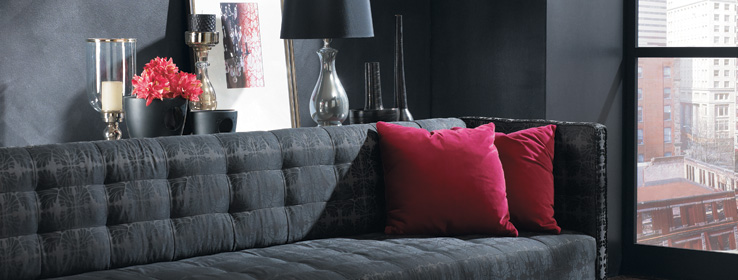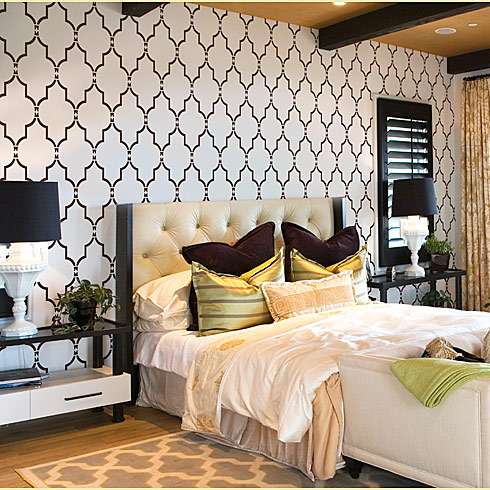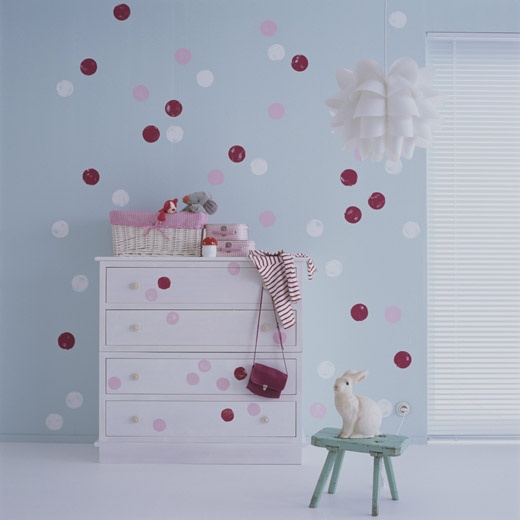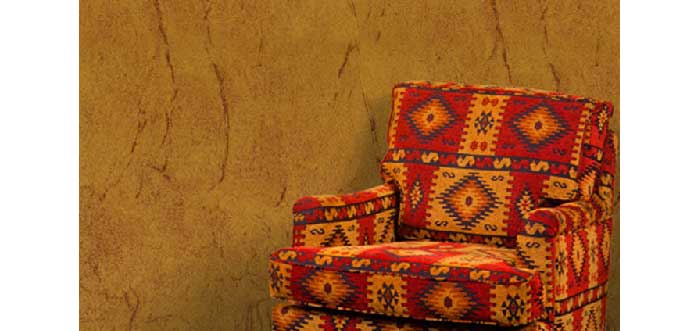Solid color painted walls will never go out of fashion, but these days the decision to paint can extend far beyond simply picking a color, because the painting techniques are becoming more popular than ever. Different painting effects such as sponging, stenciling and ragging can add texture and dimension to an interior, while they offer an easy and inexpensive way to add uniqueness and personality to a room, whether it is contemporary or traditional. To give you an idea of what you can expect from these different paint techniques, here is an simple overview of the most popular painted effects.
Pic via; wendelltwebber
Sponging – “Sponging additional color on a painted wall is a classic technique, with an effect that depends on the colors you choose,” says decorative painter Ingrid Leess. Sponging, which involves a sponge to apply or remove wet paint, is probably the easiest and most versatile of all the decorative paint techniques. It gives any wall a highly textured surface that has great visual depth, which helps to disguise imperfections in walls and hide fingerprints and soil in heavily trafficked areas such as hallways and kid’s rooms.
Pic via; fauxfinishesinc
Ragging – Ragging on and ragging off are very much similar process to sponging technique, except the sponge is replaced with a clean cloth only. You just can use any soft, lint-free cloth such as cheesecloth, but old T-shirts are fine to either apply a pattern with a glaze, or remove a wet glaze. Materials such as plastic bags, newspaper, burlap, carpet padding can be tried to create different textures as well. With little paint, a few rags and a little practice you can transform any interior in to a luxury show piece.
Pic via; fauxfinishesinc
Metalic Faux Paint – Surround yourself in luxury with the polished luster of metallic faux paint design. The captivating qualities of this reflective finish, combined with fashionable jewel tones, provide a sleek appearance that will instantly dress up any space— especially rooms where you want to entertain.
Pic via ; cuttingedgestencils
Stenciling – Stenciling is simple, stylized and charming. Stencils are frequently used as wall boarders and accents in country style interiors as well as in traditional decorating plans such as Victorian. Craft and home decorating stores have precut stencils in every imaginable motif now a days, plus brushes and appropriate paints too.
Pic via; cindecor
Stamping – Another quick and easy but very much easier than stenciling is stamping technique, which uses raised patterns for block print painting. Random stamping is just dip stamp in to a small amount of paint and then press it on to the surface.
Pic via; picturesonline
Glazing & Washing – This is totally depend on the paint as glaze is a paint or colorant mixed with a transparent glazing medium and diluted with thinner. A wash is a thinned-out latex or acrylic paint.This decorative effect creates the appearance of floating color. Soft and watery, or bold and striking. A subtle finish, with little texture, it is an ideal effect to create mood in a room, background ambience.
Pic via; samarrafaux
Marbling – Marbling is fabulous for adding classical details to a room, but it also work well in contemporary kitchens and baths where natural materials around. This is more advance technique than any other above and the background and the effect are applied at the same time and paint must be worked while the surface is still wet. Using this paint technique can add more sophisticated look to any environment.

